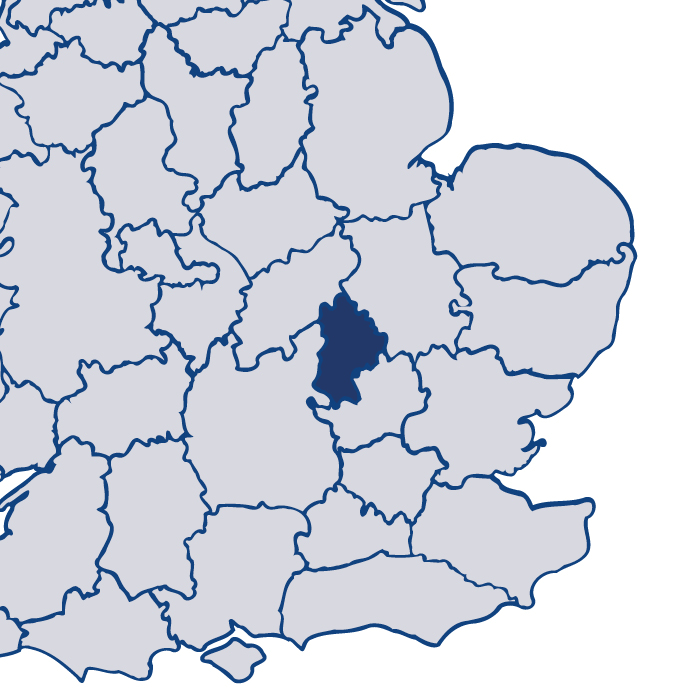Bedfordshire 2017
Read more about BedfordshireThis is HMICFRS’ fourth PEEL (police effectiveness, efficiency and legitimacy) assessment of Bedfordshire Police. PEEL is designed to give the public information about how their local police force is performing in several important areas, in a way that is comparable both across England and Wales, and year on year. The assessment is updated throughout the year with our inspection findings and reports.
The extent to which the force is effective at keeping people safe and reducing crime requires improvement.
The extent to which the force is efficient at keeping people safe and reducing crime requires improvement.
The extent to which the force is legitimate at keeping people safe and reducing crime is good.
HMI's observations
Read my assessment of Bedfordshire Police below.
I am satisfied with some aspects of the performance of Bedfordshire Police in keeping people safe and reducing crime, and note its progress in effectiveness, but it needs to make improvements in some areas to provide a consistently good service.
I am reassured to see that the force has improved its response to tackling serious and organised crime. Though it is on a positive trajectory, having made improvements in many areas since last year, the force still has work to do to improve its investigations, to reduce crime and anti-social behaviour, and to protect vulnerable people.
I am encouraged by the force’s commitment to protecting vulnerable children, although it still needs to improve its approach in some areas.
Since 2016 it has gained a better understanding of demand and begun to develop its future financial plans, but it needs to do more.
The force continues to treat members of the public and its own workforce with fairness and respect.
Overall, I am encouraged by the obvious progress that Bedfordshire Police has made in most areas, and am pleased to see efforts being made to ensure that improvements continue. The force will need to sustain these efforts in the future.
Effectiveness
How effective is the force at keeping people safe and reducing crime?
Efficiency
How efficient is the force at keeping people safe and reducing crime?
Legitimacy
How legitimate is the force at keeping people safe and reducing crime?
Other inspections
How well has the force performed in our other inspections?
In addition to the three core PEEL pillars, HMICFRS carries out inspections of a wide range of policing activity throughout the year. Some of these are conducted alongside the PEEL inspections; others are joint inspections.
Findings from these inspections are published separately to the main PEEL reports, but are taken into account when producing the rounded assessment of each force's performance.






